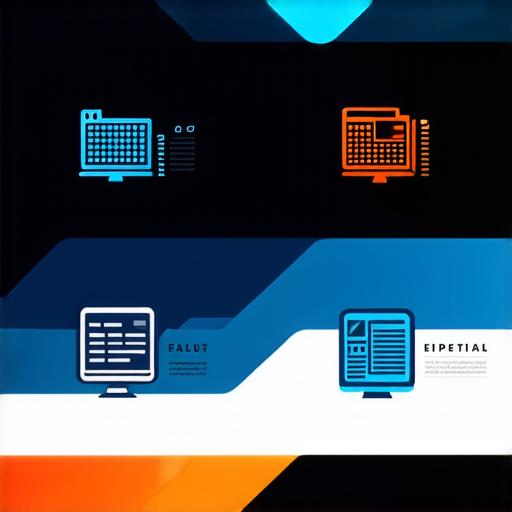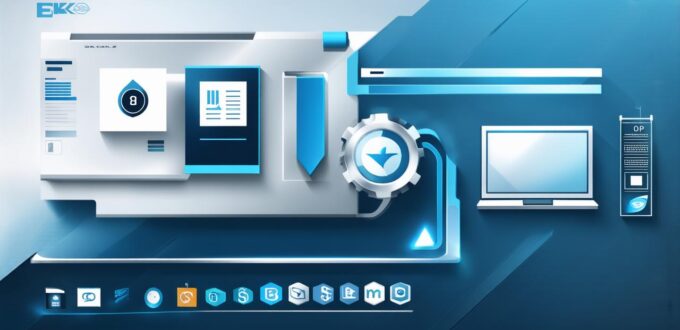Five Types of Computer Software: A Comprehensive Guide for Software Developers
Introduction
As a software developer, you are likely aware of the many different types of computer software that exist. However, it can be difficult to understand which type of software is best suited for a particular task. In this article, we will explore five of the most common types of computer software: operating systems, applications, middleware, databases, and security software. We will also discuss their characteristics, benefits, and drawbacks, and provide real-life examples to illustrate their use cases.

Operating Systems
An operating system (OS) is a type of software that manages the hardware and other software resources of a computer. It provides a platform for running applications, managing files and folders, and performing other basic tasks on a computer. The most common OSs include Windows, macOS, Linux, and Android.
Operating systems are essential for computers because they provide a layer of abstraction between the hardware and software components of a computer. This allows developers to focus on creating applications without having to worry about the underlying hardware details. Operating systems also provide security features such as firewalls and antivirus software, which help protect computers from malware and other threats.
One example of an OS is Windows, which is used by millions of people around the world. Windows provides a wide range of features and tools for creating and running applications, as well as support for multiple programming languages and platforms. However, Windows can also be slower and more resource-intensive than other OSs, especially on older hardware.
Applications
An application is a type of software that performs specific tasks or functions for users.
Applications
can range from simple programs like calculators or word processors to complex systems like video editors or 3D modeling tools. Examples of applications include Microsoft Office, Adobe Creative Suite, and Google Chrome.
Applications
are designed to run on top of an operating system and provide a user interface for interacting with the software. They can be standalone programs or part of a larger suite of related software.
Applications
are typically created using programming languages such as Java, Python, or C++.
One example of an application is Microsoft Office, which is a suite of productivity tools including word processors, spreadsheets, and presentation software. Microsoft Office is widely used in businesses and homes around the world for creating and editing documents, tracking finances, and collaborating with others. However, Microsoft Office can be expensive to purchase and may require additional subscriptions or purchases for some features.
Middleware
Middleware
is a type of software that acts as an intermediary between different applications and systems. It provides a way for different software components to communicate and exchange data with each other in a standardized and efficient manner. Examples of middleware include message queues, web services, and databases.
Middleware
is essential for large-scale software systems because it allows different components to work together seamlessly, even if they are written in different programming languages or run on different operating systems.
Middleware
also provides security features such as authentication and encryption, which help protect data from unauthorized access.
One example of middleware is Apache HTTP Server, which is a web server that runs on top of an operating system and provides a platform for serving web pages and other content over the internet. Apache HTTP Server is widely used because it is open-source, reliable, and highly configurable. However, Apache HTTP Server can also be complex to configure and may require advanced technical skills.
Databases
A database is a type of software that stores and manages data in an organized and structured manner.
Databases
are used by businesses and individuals to store and retrieve information, as well as perform complex queries and analysis on the data. Examples of databases include MySQL, Microsoft SQL Server, and Oracle Database.
